- Vanilareich
Article
15:41, 03.06.2025

Valorant recently celebrated its fifth anniversary since its release in May 2020. During this time and up to the present day, the game has developed rapidly, and with it, the esports component has also evolved. Valorant tournaments have evolved from small LAN events in various regions to international events with prize pools reaching millions of dollars. Today, we will look at how the Valorant pro scene has developed from 2020 to the present.
2020 — The First Valorant Tournaments
Unofficial Events
Valorant was officially released in early June 2020, and the first tournaments in the discipline began to be held during this period. It should be noted that they were not organized by Riot Games, but by well-known esports organizations, whose names can be found in the tournament name, or by tournament operators. Examples include: Vitality European Open, organized by the French club Team Vitality, G2 Esports Invitational with the support of the G2 organization, FaZe Clan Invitational from FaZe Clan, and many others.
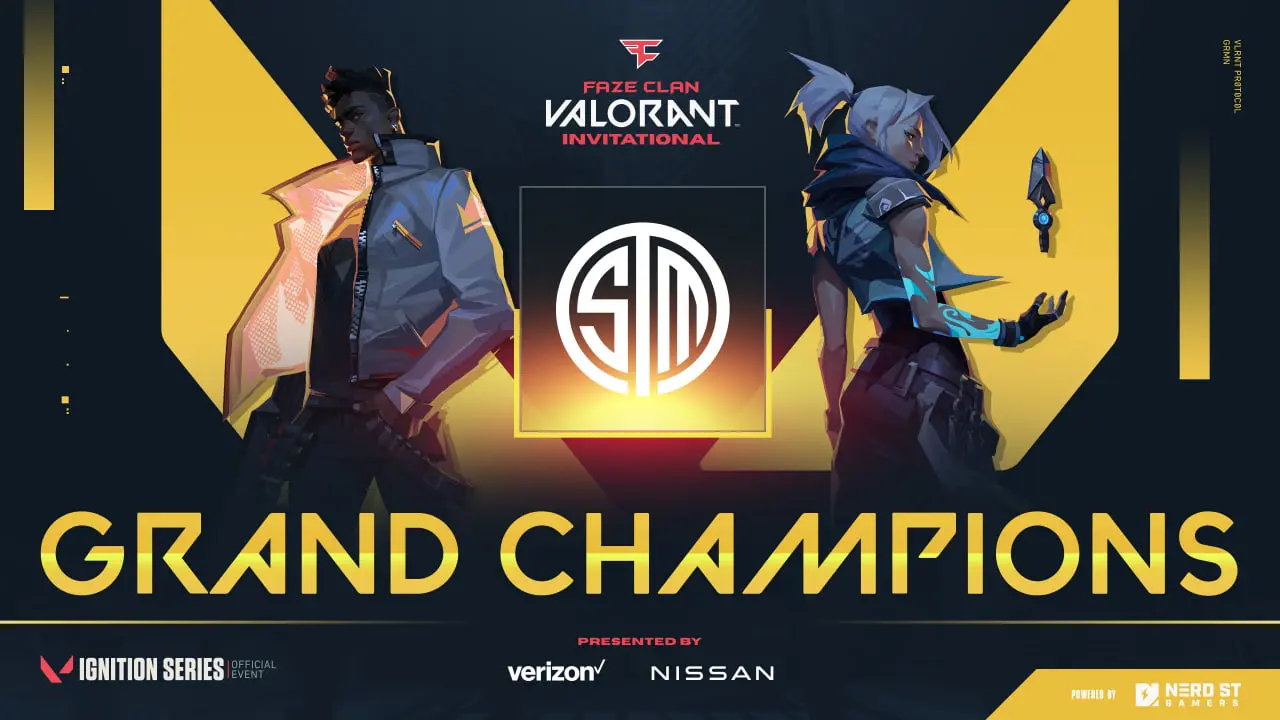
The participants of the first unofficial tournaments were determined by the organizers themselves through invitations and qualifiers. Despite the fact that at that time the Valorant esports scene was just beginning, the prize money at events was mostly quite high, but depended on the level of organization. For example, well-known organizations such as FaZe, T1, and others provided a larger prize pool, while lesser-known ones such as Solary, Mandatory, and others allocated less money. Below you can see some of the first events and their prize pools:
- T1 x Nerd Street Gamers Showdown – $50,000
- FaZe Clan Invitational – $50,000
- BLAST Twitch Invitational – $59,230
- Mandatory Cup – $10,230
- Solary Cup – $5,400
- Vitality European Open – $16,900
Official Riot events
But not all of 2020 was held under the auspices of third-party organizations and teams. At the end of the year, Riot Games presented its own official tournament league called First Strike. The announcement was made on the company's official social media accounts and website.
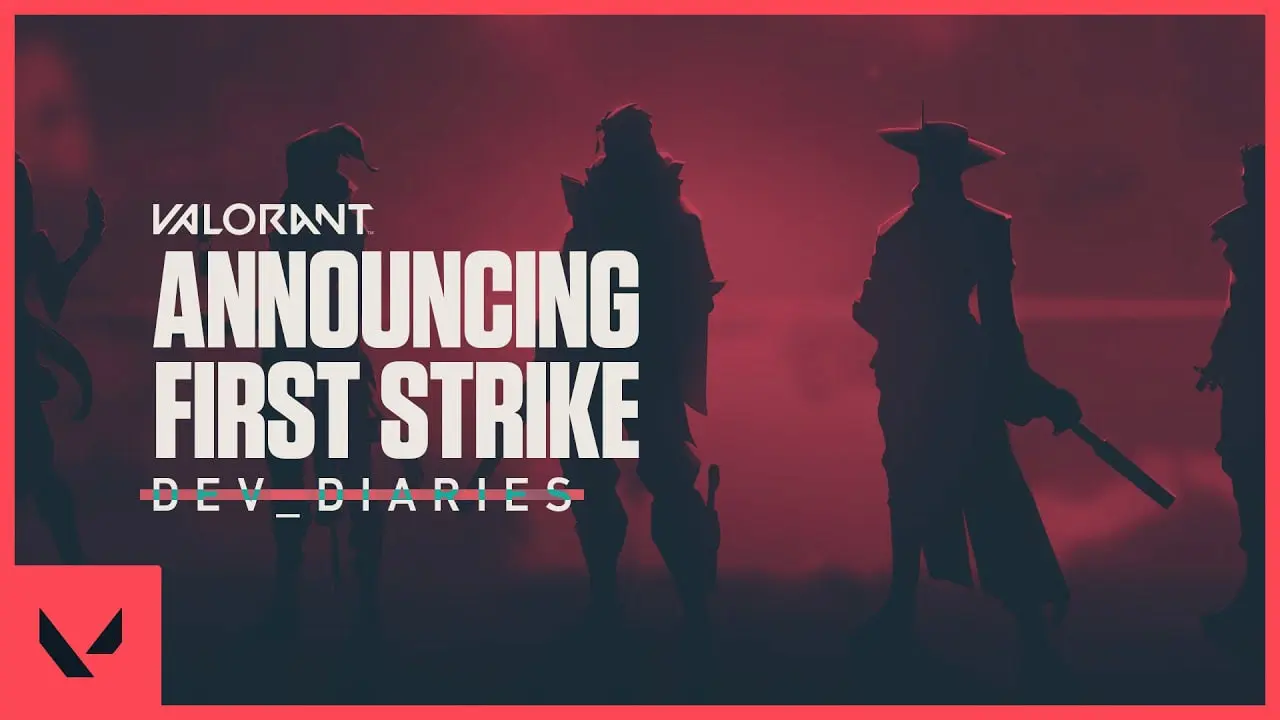
The tournaments were held simultaneously from December 3 to 6, 2020, in the following regions: CIS, Korea, Japan, Brazil, Europe, Turkey, and North America. To participate in the event, teams had to go through closed qualifiers, and the prize pool ranged from $38,000 to $100,000 depending on the region.
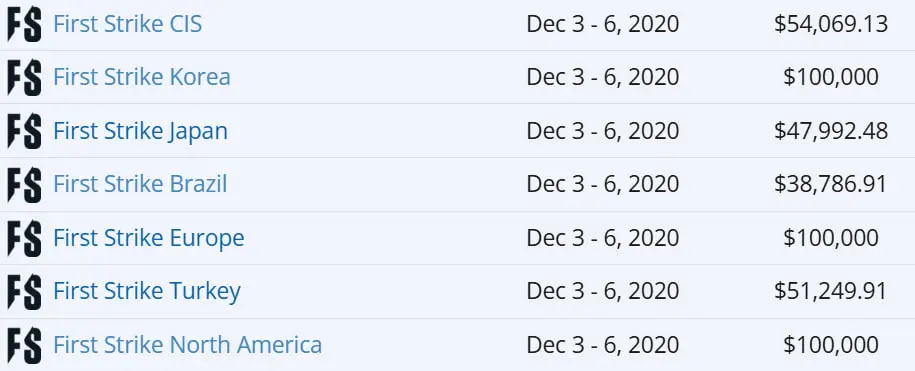
At the same time, First Strike events were also held in other less popular regions, such as GCC and Iraq or Oceania, but the prize pool for these tournaments was much smaller, rarely reaching even $10,000. Therefore, the main attention and coverage of the events was focused on the seven regions mentioned above.
Overall, in 2020, the Valorant esports scene was just beginning to take shape. The prize pools were nice, but they were nowhere near the level of current tournaments, and Riot Games abandoned the newly created First Strike league and its format starting next season.
2021 – The beginning of VCT
First attempt to create a new competitive program
Starting in 2021, Riot Games revised the name and format of its Valorant competitive scene, and the first announcement of the Valorant Champions Tour (VCT) was made on official social media. A short video was released on the official YouTube channel, in which the company presents the tournaments and the new format.
Now, the official competitive season has been divided into three parts: the Challengers League, which consisted of regular events in each region throughout the year; major international Masters events; and the main event of the year, Valorant Champions.
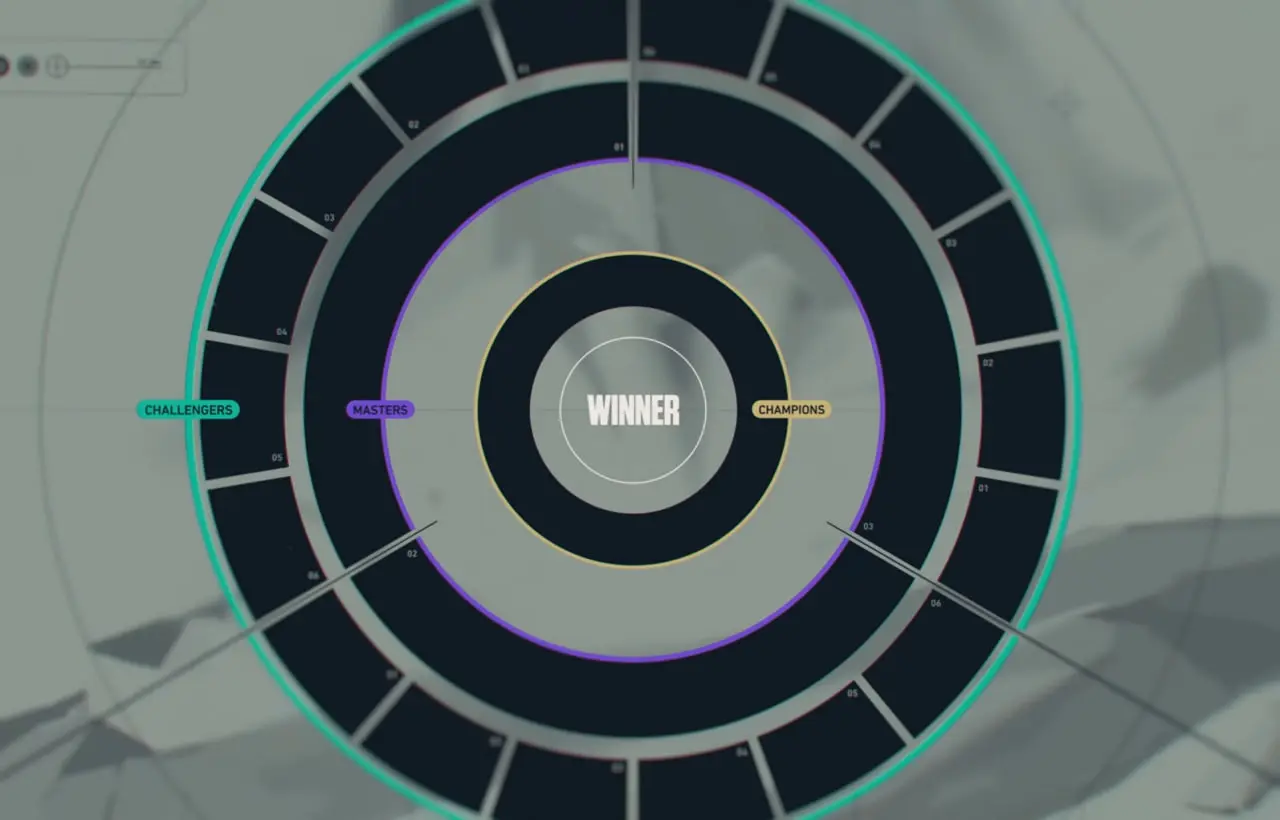
Here's how it worked. First, teams competed in the VCT 2021 Challengers Stage 1/2/3 and Finals tournaments depending on their region. At these events, they competed not only for cash prizes, but also for invitations to major international Masters events and important points.
The Masters tournaments offered huge prize pools: Masters Reykjavík 2021 with a prize pool of $600,000 and Masters Berlin 2021 with a prize pool of $700,000, as well as the same points. As a result, the teams that scored the most points advanced to the main Valorant Champions 2021 tournament.
The 16 strongest teams from around the world participated in Valorant Champions 2021. They competed for a prize pool of $1,000,000, and the winner was the European club Acend, which earned $350,000 and the title of world champion.
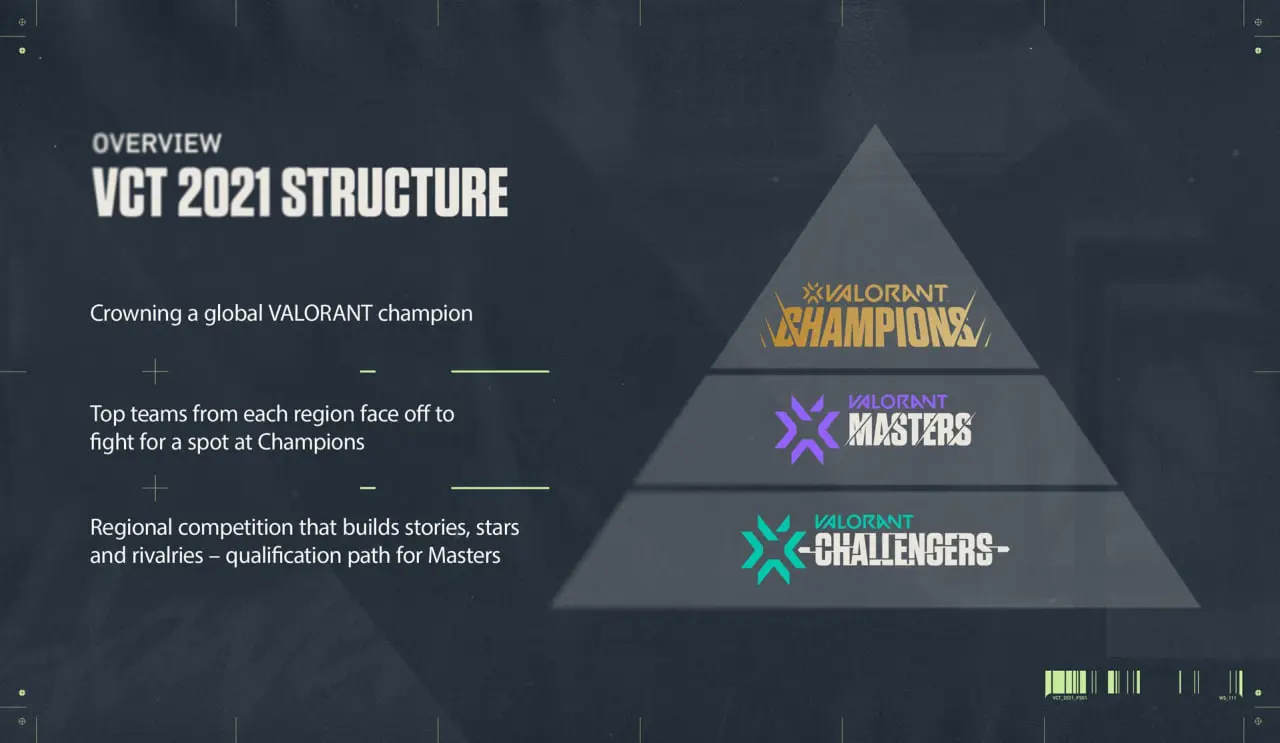
During 2021, it was possible to observe how the Valorant esports scene almost completely took shape and became similar to other well-known disciplines. The regular season (Challengers League), two prestigious tournaments with large prize pools (Masters events), and the world championship (Valorant Champions 2021) created the VCT scene that we partially see today.

2022 – First Women's Championship
In 2022, Riot Games continued to develop the professional Valorant Champions Tour scene, following the same three-tier structure of Challengers - Masters - Champions. During the regular season, teams competed for slots in the Masters, where a large prize pool and points for qualifying for the championship were at stake.
Launch of the Game Changers scene
However, in addition to the regular season in Challengers, Riot Games announced that it was beginning to actively develop an inclusive Valorant scene. A video was released on official social media and YouTube channels in which the company announced the creation of the Game Changers women's scene.
In the video, Valorant's executive producer talks about the importance of supporting all groups who want to play the shooter professionally and creating a safe space for professional female players.
The Game Changers professional scene operated on the same principle as Challengers, but without its own international Masters events. Professional women's teams competed during the regular season of Game Changers Series 1, 2, and 3, where they fought for prize money and points needed to qualify for the world championship. This year, the first Game Changers Championship 2022 women's championship was held with a prize pool of $500,000, and the winner was the G2 Gozen team.
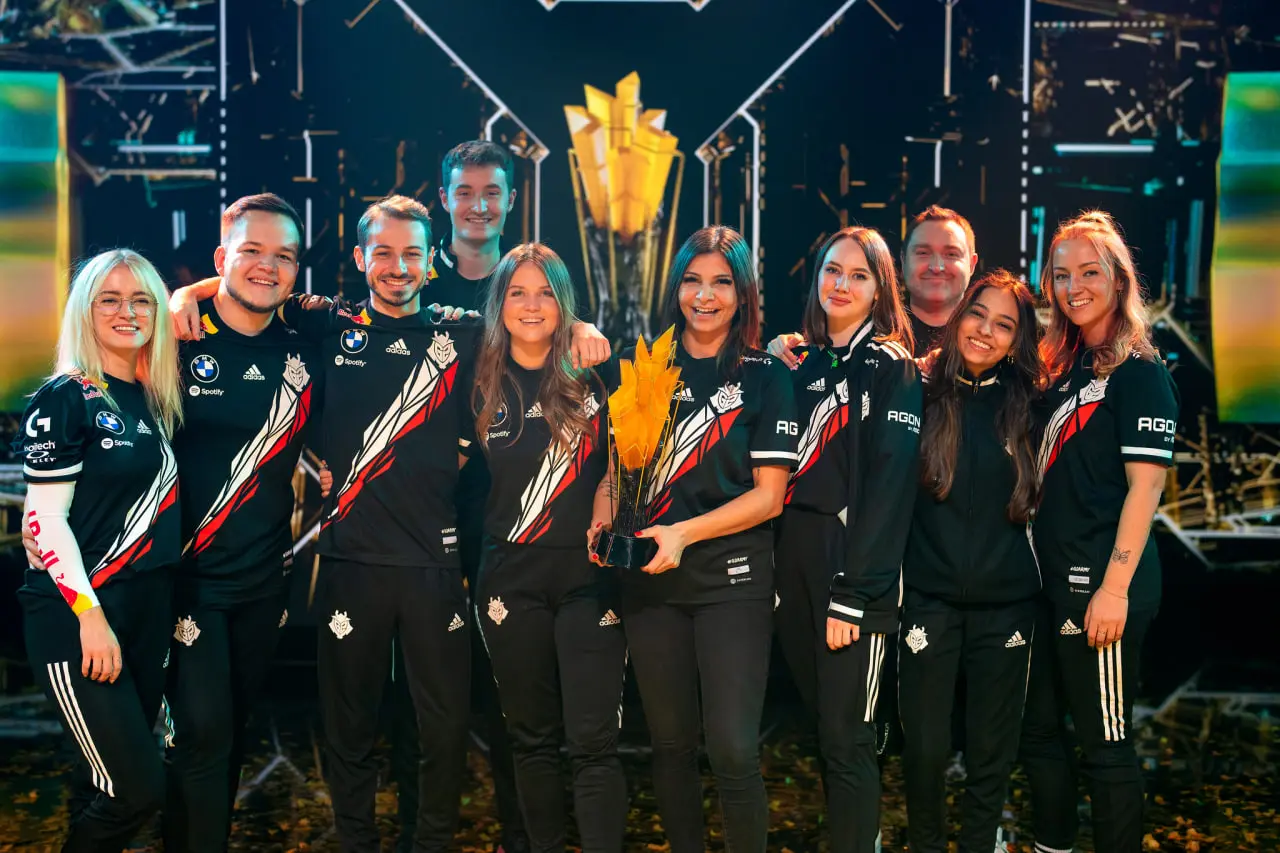
Creation of OFF//SEASON
In addition to the women's scene, 2022 also saw the official division into a regular season and an off-season. The fact is that, unlike other disciplines, in Valorant, all the most important and expensive tournaments are organized exclusively by Riot Games, while in CS, for example, most events are held under the auspices of tournament operators such as Blast, PLG, and others.
That is why Riot created a separate period when tournaments will be organized by other companies. It is called OFF//SEASON and takes place after the end of the regular season, usually in the fall. Tournaments during the offseason offer a decent prize pool and also give teams the opportunity to try new strategies and train new lineups or substitutes. The first offseason events were as follows:
- Superdome 2022 – $30,000
- Valorant India Invitational – $100,000
- G-Loot VALORANT Clash – $50,000
- Red Bull Home Ground – $100,000
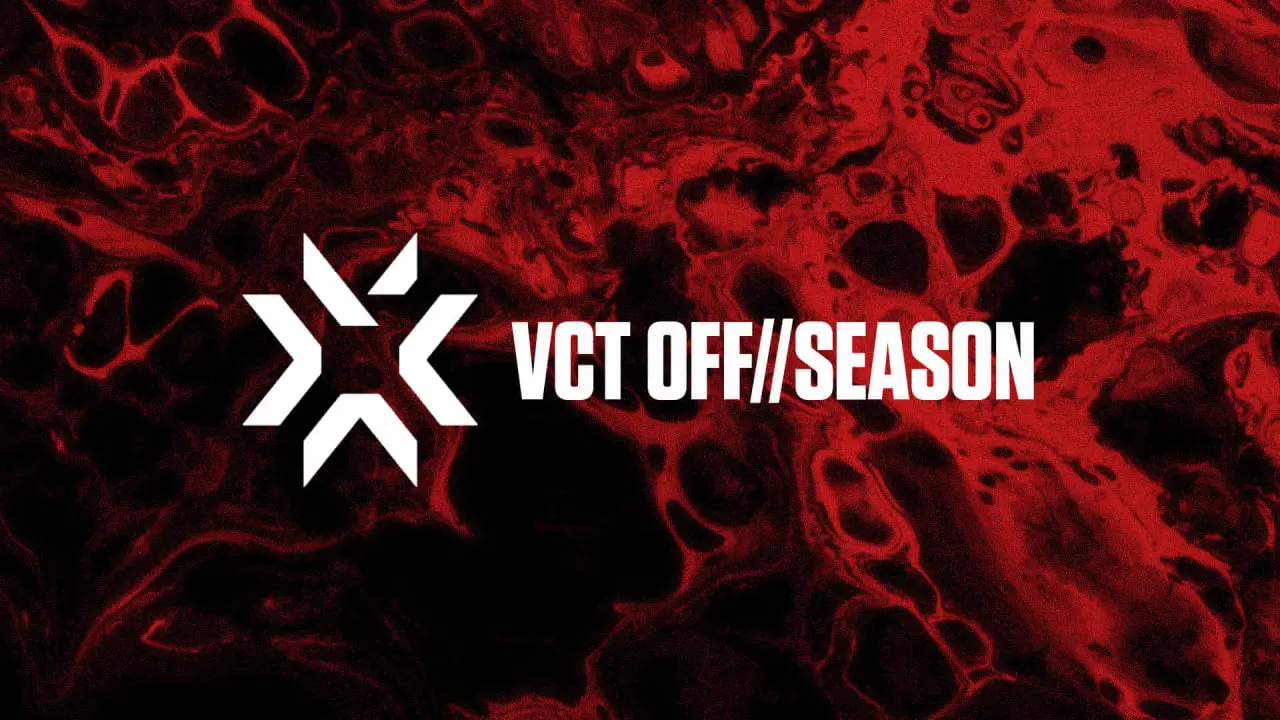
2022 brought many new things to the non-professional Valorant scene, such as the separate Game Changers women's league and the offseason period. It seemed that the game's ecosystem was now fully formed, but this was not the case, and the following year Riot introduced major changes.
2023 – Major changes on the professional scene and the partner system
Partner program
As mentioned above, the VCT scene underwent radical changes last year. Riot Games decided to revamp the entire ecosystem and create separate partner leagues. Three main regions were created: EMEA, Pacific, and Americas. Ten teams from each region were selected to receive partner status.
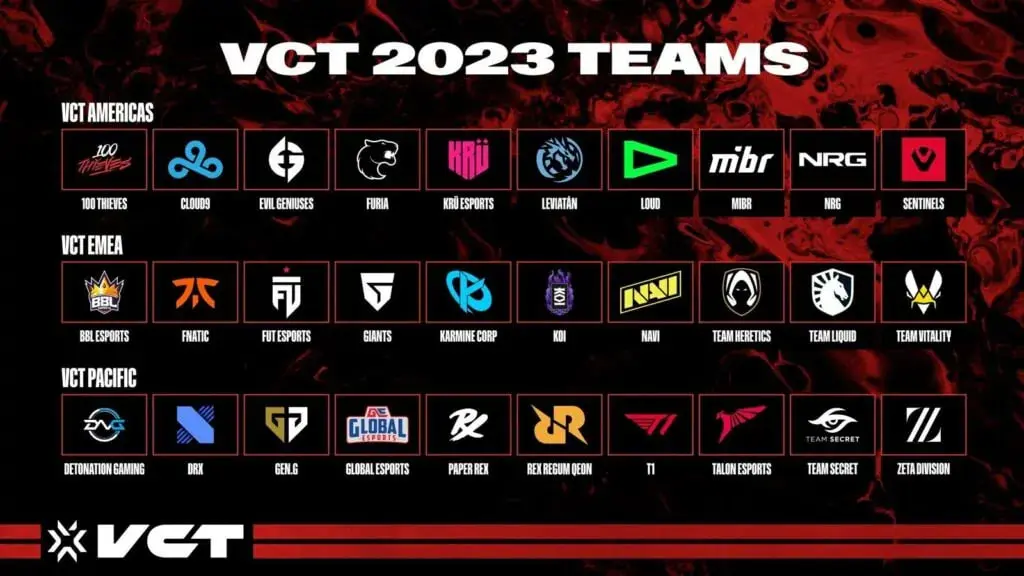
As in the past, these teams competed during the VCT 2023: League regular season for a slot in Masters and points to qualify for the championship. These teams and events are considered tier 1, and it is they who attract the attention of the entire Valorant community.
New Challengers League and Ascension
Given that VCT is now considered the main league, Riot Games has also changed the Challengers scene. Now, all those competing in Challengers are considered Tier 2 teams, and they continue to compete during the regular season. They do not have major international tournaments like Masters, but there is the main Ascension tournament, winning which allows a team to get a slot in the above-mentioned VCT partnership program and become a Tier 1 team for a period of 2 years.
In 2023, a partnership program was created, on the basis of which teams compete in the VCT today. Overall, the year brought important changes and shaped both the Tier 1 and Tier 2 Challengers scenes.
2024 – Final formation of the VCT scene
Fourth competitive region
Riot Games started the following year by officially introducing the fourth competitive region, China, and its teams. Together with EMEA, Pacific, and Americas, China completed the formation of the VCT scene. As in other regions, 10 partner teams were presented from it, which competed at the highest level.
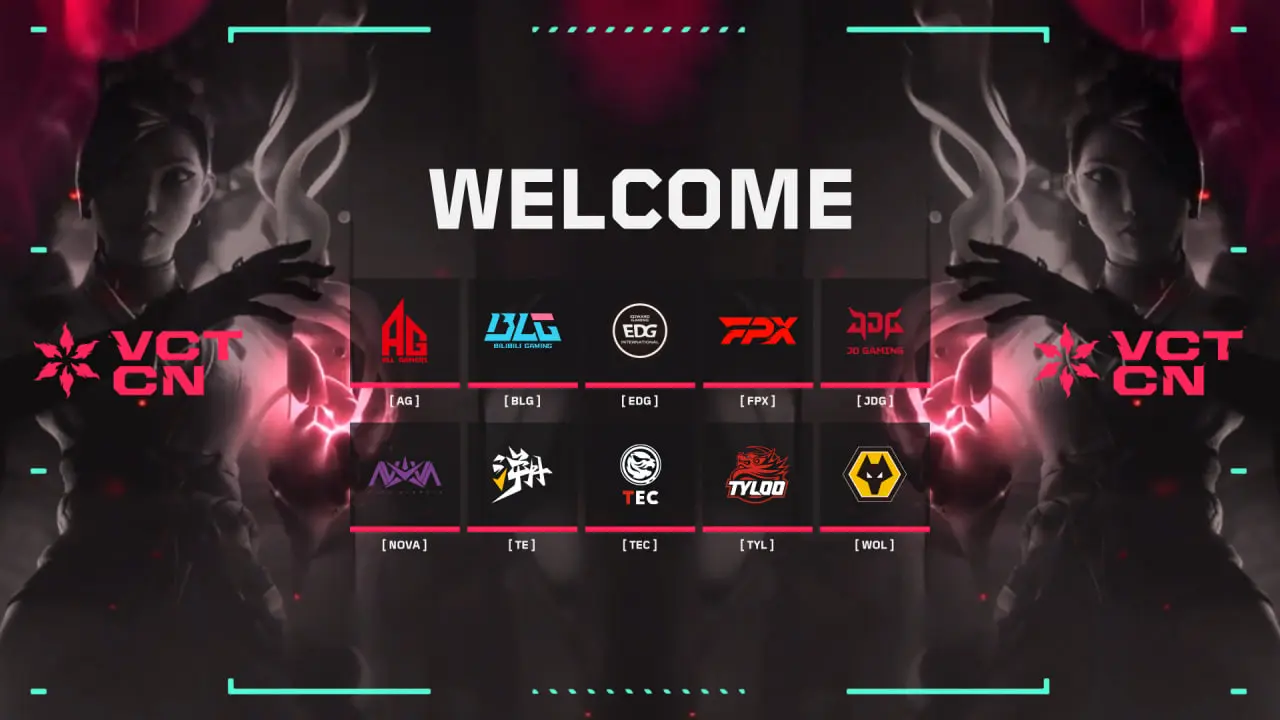
The final look of the competitive season
China's addition to the competitive regions completed the final formation of the VCT scene. Now the regular season looks like this:
- First stage of VCT Kickoff qualifiers - Where teams compete without a cash prize, but for an invitation to the first Masters and region points.
- First Masters - With a prize pool of $500,000 and VCT points for first place
- Second stage of VCT Stage 1 qualifiers - Where teams again compete without a cash prize, but instead for an invitation to the second Masters and region points.
- Second Masters - With a larger prize pool of $1,000,000 and VCT points.
- Third stage of Stage 2 qualifiers – Where a prize pool of $250,000 is up for grabs, along with 3 invitations from the region to Valorant Champions and VCT points for the region.
- Valorant Champions – The main tournament of the year and, at the same time, the world championship, with a prize pool of $2,250,000 and the title of the strongest team.
2024 completed the formation of the Valorant competitive scene, and Riot Games managed to create a system that generally satisfies almost all viewers. Yes, there are currently some issues with the Challengers Tier 2 league, but these are purely organizational, and overall, the system should work.

2025 – Minor changes and a new major tournament
Although the current season is not over yet, it is already possible to assess its status. So far, Riot Games is not planning any major changes. There are minor differences from 2024 in that only two slots for the upcoming championship will be played for in the third stage of Stage 2 qualifiers, rather than three. But overall, the system remains the same as last year, with three qualifiers, two Masters, and the World Championship.
Esports World Cup 2025
However, this year has not been without certain innovations. A few months ago, the Esports World Cup 2025 was announced, which will be held in many disciplines, including Valorant. Sixteen VCT partner teams will participate in the tournament, and the prize pool will be $1,250,000.
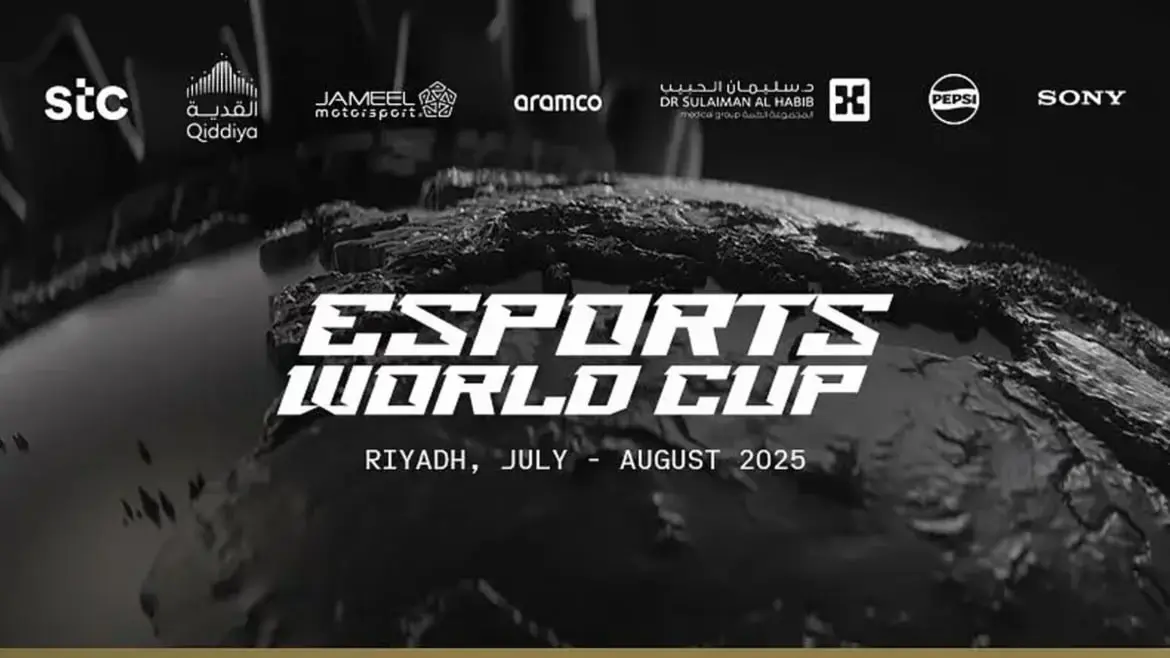
It should be noted that the tournament is not part of the competitive season, as it is not organized by Riot Games and there are no VCT points up for grabs. However, the prize pool is very large, so it is still worth paying attention to this tournament, although it is not known whether it will be held on a regular basis every year.
After reading our article, you have learned how the Valorant competitive scene has developed since its inception in 2020 to the present day. It should be noted that even a period of 5 years is quite short when compared to well-known disciplines, so even more changes and innovations await us in the future.
Upcoming Top Matches
Latest top articles







Comments